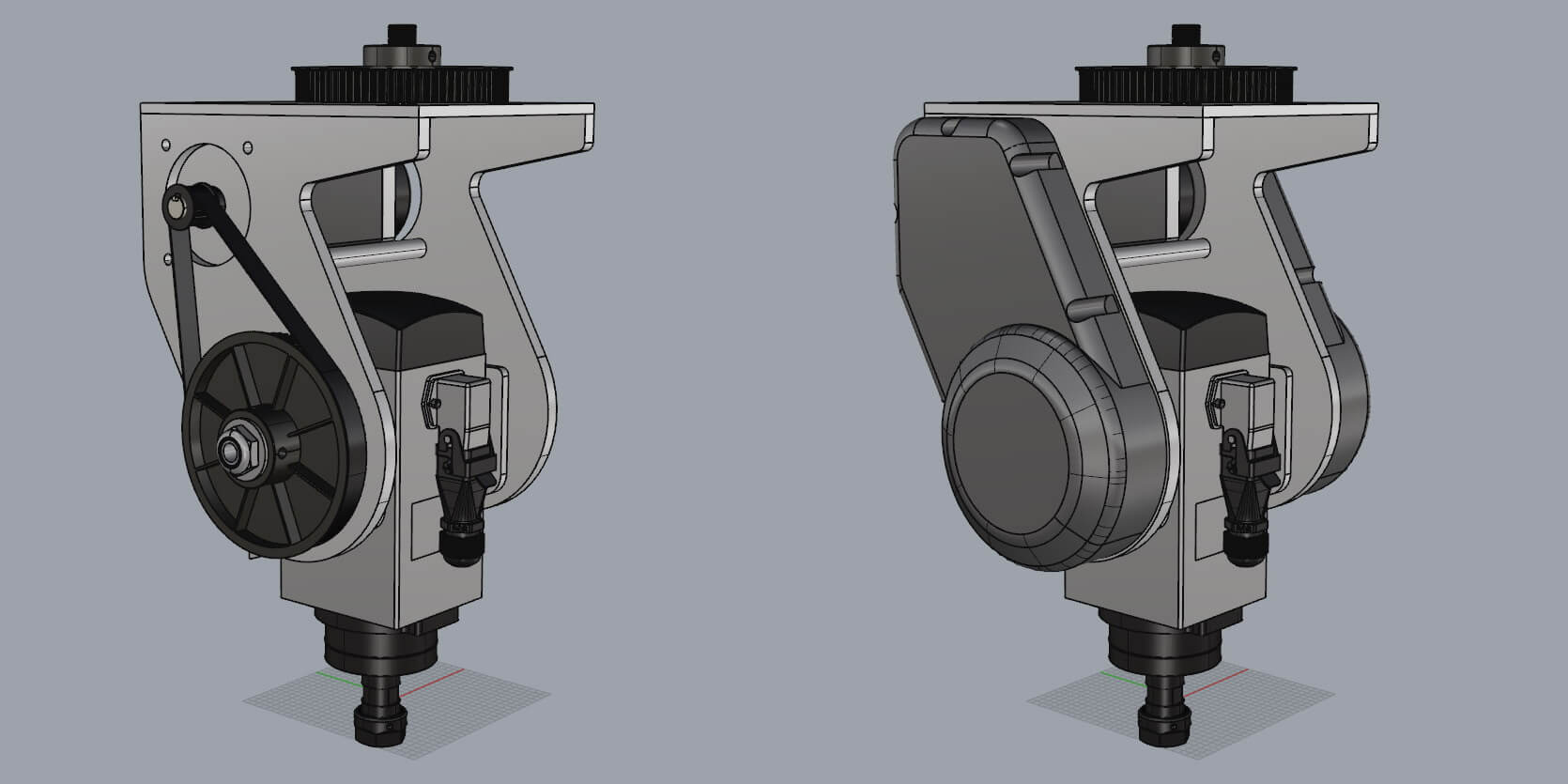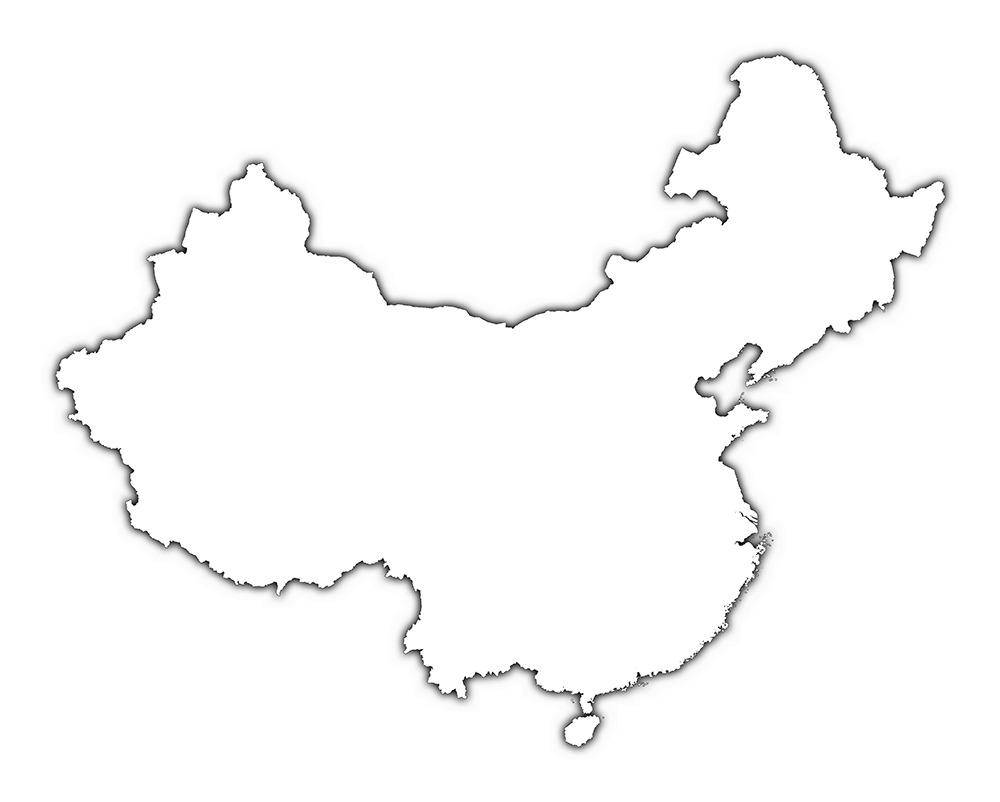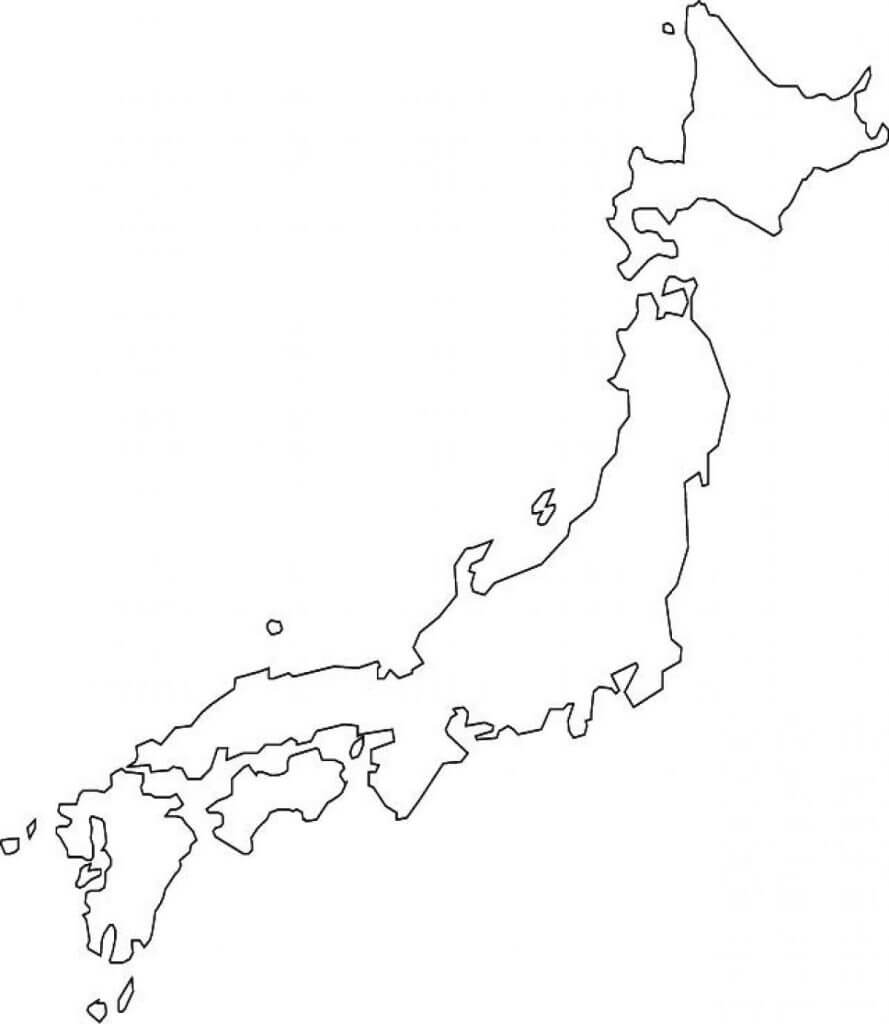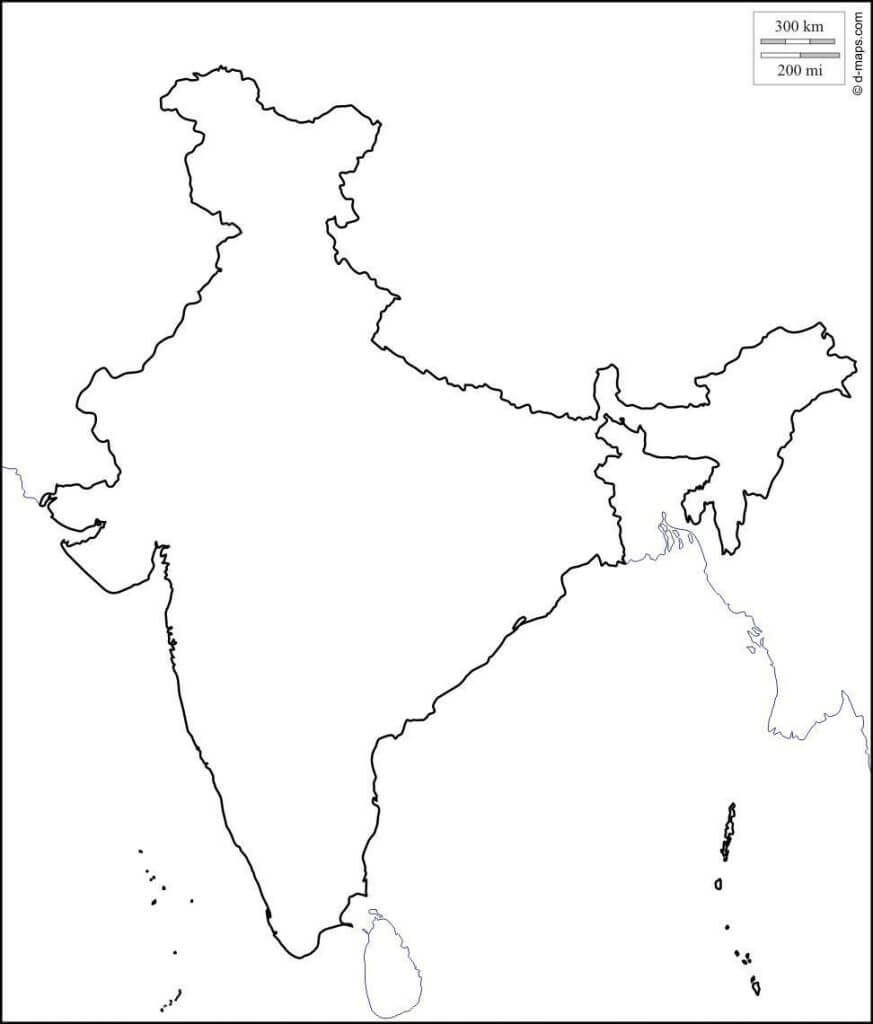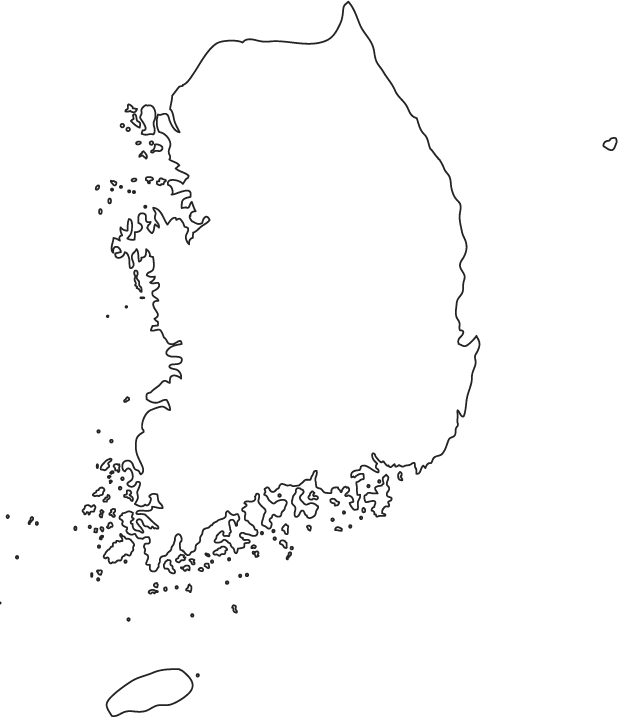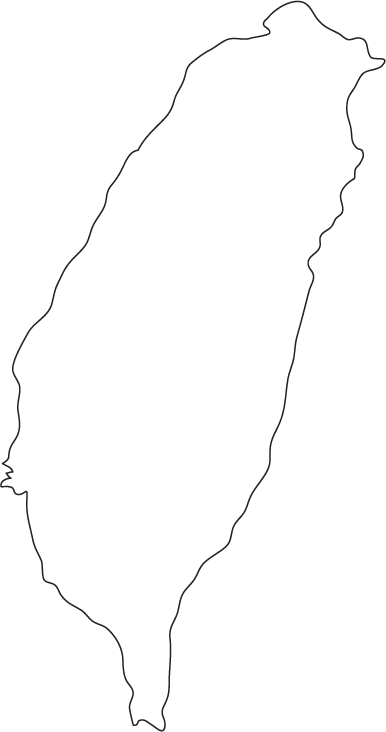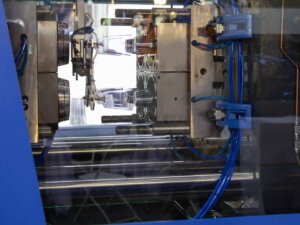As one of the most prominent technologies in the world, CNC machining is big business. Overall, the industry has seen growth all over the world (see our article on the industry outlook for CNC), but there are finer details worth examining for regional trends. Globally speaking, the largest machine tool consumers are China, the US, Germany, S. Korea and Japan.
This article aims to illuminate some of the various initiatives and growth factors within the Asian Bloc. As such it examines the public and private sector influences in various nations within the region.
China
Asian countries like China and India are massive markets thanks to heavy investment from public and private sources. Protectionist policies such as the ‘Make in India’ initiative and the ‘Made In China 2025’ initiative have increased support in the establishment of manufacturing units in their respective nations. These factors play a role in their growing dominance over manufacturing.
In terms of overall machine tools, in 2017 China raised its consumption by $1.780 billion to $29.970 billion. At this stage China alone produces 90% of the world’s computers, which plays a key role in their manufacturing numbers. This contributes to the massive amount of CNC and advanced manufacturing usage in the region. This increase in adoption has been largely due to the immense influx of manufacturing demand and growth, further spurred on by the establishment of new manufacturing facilities in the region.
China is also the largest automotive parts producer in the world, which is used heavily in the car manufacturing process. They are used quite heavily in the production of carburetor housings, suspension components, axles, bearing caps as well as engine housings. Moreover, the automotive sector is expected to grow even further up to 2024.
More specifically, since China is a massive region unto itself, it can be sub-divided further. Geographically, Northeast China and East China are main production bases for CNC metal-cutting machine tools (CNC lathe, machining center), while the Yangtze River Delta region is the major production base for CNC grinder and functional parts (ball screw and linear guideway). East China and Northeast China together seized about 73.6% of CNC metal-cutting machine tool market in 2016, compared with an 88% share for Central China and East China in CNC metal–forming machine tool market.
Major Chinese CNC machine tool manufacturers include Dalian Machine Tool Group, Shenyang Machine Tool (Group), JIER Machine Tool Group, Jiangsu Yawei Machine-Tool, Ningbo Haitian Precision Machinery, Qinchuan Machine Tool & Tool Group and Wuhan Huazhong Numerical Control. Due to Shenyang’s years of losses and Dalian Machine Tool Group’s bond defaults, the market concentration slipped critically with top5 enterprises holding a combined 30% market share in 2016.
While Northeast China and East China are main production hubs for CNC in metal-cutting machine tools (CNC lathes, machining centers), the Yangtze River Delta region is the major production base for grinders and functional parts. East China and Northeast China together capture 73.6% of CNC metal-cutting machine tool market in 2016. In comparison, Central China and East China had an 88% share in CNC metal–forming machine tool market.
Japan
While Asia-Pacific is the largest manufacturing hub employing CNC machines, the largest CNC machine manufacturers in Asia are Japanese companies, FANUC Corporation and Mitsubishi Electric Corporation. The dominance is clear, as Fanuc Corp. for example, controls 65 percent of the global market share in CNC controls worldwide. Fanuc is also has a major presence in over than 14 countries in Europe, with a fair share of dominance in the US and is currently developing within the markets of its Asian competitors, particularly the Chinese and South Korean regions. This is natural as Japan is highly export-oriented and therefore, highly dependent upon the performance of other economies.
In 2015, China imported machines worth $157 billion, making it the third largest importation category after electronic and oil. Of those, $26.3 billion were imported from Japan. Japan is a major technology distributor, with manufacturing being one of its major categories. This has also led to many Chinese companies such as Dalian and Spark making acquisitions within the Japanese market.
Despite the fact that the Japanese machines have a higher price, they maintain a competitive edge due to their quality and reliability. The production industry has been relatively stable, with 2018 even showing growth in the year on year category. Machining centers accounted for 40.8% of the machine tool production value in that same time period.
India
India currently ranked sixth in machine tools consumption globally with $1.74 billion in 2011 as compared to China’s at $27 billon or Germany $5 billion. They were also 13th in production, valuing the market at $500 million. However, the country fell to rank 11 in terms of consumption and 16th production of machine tools in the following years. This is looking to turn around as the protectionist policies of the current regime are managing to improve their position. Much like China, the automotive and auto components industry accounts for a large portion of their of machine tools consumption, coming in at about 40%.
For India this expected improvement can be attributed to their low-cost, high-skill market, compounded with the stagnation and declining growth in developed nations. As such, India (much like many markets within Asia) is picking up the slack. Approximately, 75 per cent of the Indian machine tool producers are ISO certified and with many also receiving the CE certification.
Other manufacturing technologies like die casting and molding are also seeing a growth along with CNC, as companies locate their plants to the region due to the low costs of labor and resources. Some companies, like VEM tools, even believe that India is better for cost-efficiency than China. It remains to be seen whether this trend will continue or is applicable to all companies in the future, but it does give the region a major opportunity. As a result, production of machine tools in India garnered a growth of 13 percent CAGR from 2016 onwards.
South Korea
Both South Korea and Taiwan also manage to be in the top ten highest machine tool consumers quite frequently, depending on the year. South Korea has been seeing growth in its industry recently, after a bit of stagnation. In terms of economic growth, South Korea struck 3.1% in 2017 and continued onward with 2.7 due to improved exports. Semiconductor investment in the region has also led to more investment in facilities, further leading to increasing machine tools and manufacturing technology demand.
Similarly, S. Korea, the seventh largest country to be exporting machine tools, recorded $2.4 billion, just ahead of the United States with US$1.7 billion, Belgium with US$1.2 billion and Spain with US$997 million. At the same time they import US$1.34 billion, taking 6th place in the global import race. By sector, exports accounted for 48% of CNC machines, 20% of forming machine order receipts and 5% of non-NC cutting machine orders.
The largest buyer of South Korean CNC machines was China, followed by Vietnam and the US. The main industries applying the use of CNC and other machine tools are automotive (which saw a decline in S. Korea recently), Ship-building (Korea takes 27.7% of new global shipbuilding orders as of 2017) and general machinery. Semiconductors are also a major area of growth for the country.
Taiwan
Taiwan maintained itself as the fifth largest exporter of machine tool for many years, on and off, with nearly 80 percent of the country’s total machine tool output being exported to 138 countries worldwide in 2015. Taiwan is also home to the Dadu plateau, housing over 1,500 small- and medium-sized machine tool and accessories manufacturers within 37 mi x 9 mi stretch of land.
Taiwan’s largest export market is the US $378.81 million in Taiwanese machine tools. The country ships out 80 percent of its production (about $4 billion annually) all over the world. Taiwan houses a lot of crucial facilities like Hartford, TBI Motion and YCM, who employ 1000’s of employees between them and make crucial components for a host of manufacturing technologies.
In terms of public policy, Taiwan has been investing in and investigating the various Industry 4.0 technologies. The Smart Machinery Promotion Office in Taichung, under the Ministry of Economics’ Smart Machinery Promotion Program is helping in creating jobs, furthering manufacturing and helping to create a hub for intelligent industry solutions with leading manufacturing technologies.
